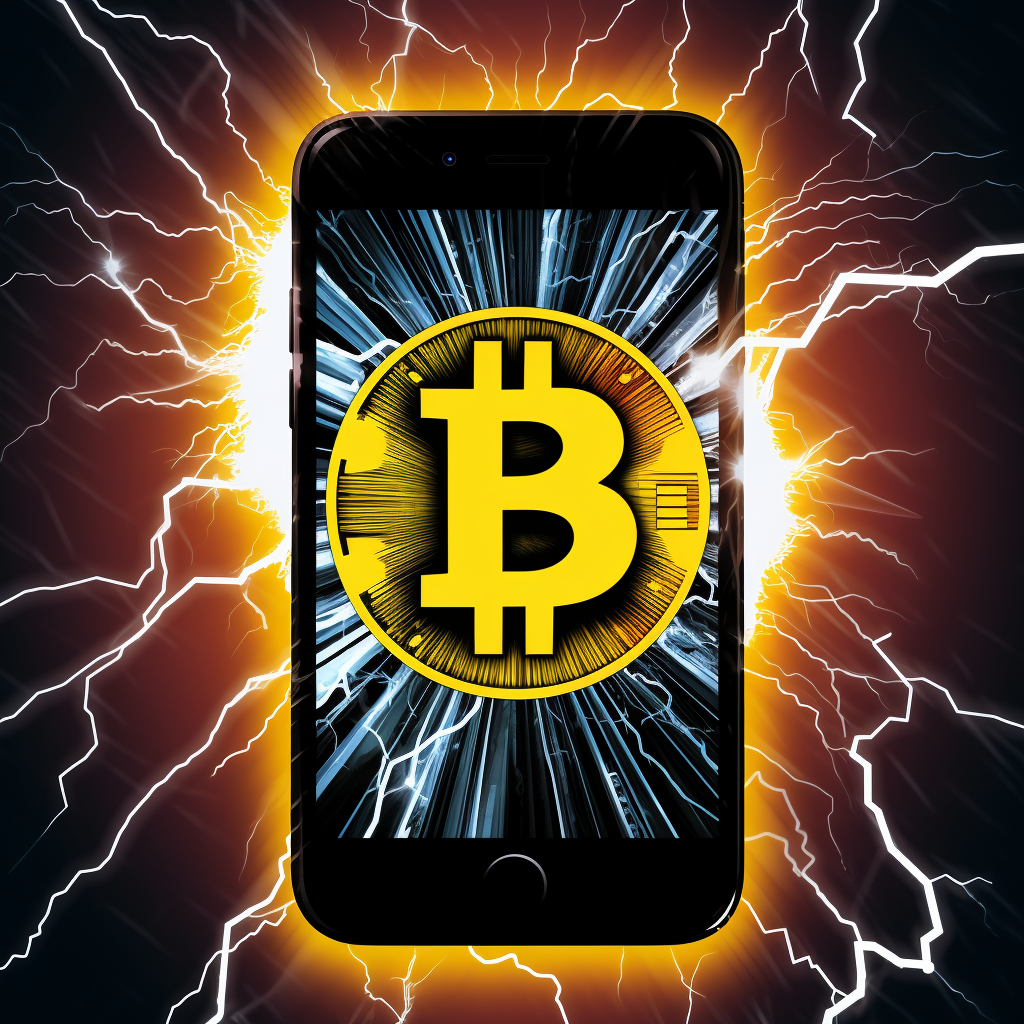Bitcoin’s blockchain, lauded for its decentralized and public nature, has faced challenges in scaling to meet the demands of its growing user base. The Lightning Network emerged as a promising solution to address these challenges. But, like any budding technology, it comes with its fair share of risks. Let’s delve deep into the intricacies, risks, and the measures in place to safeguard users on the Lightning Network.
Scaling Bitcoin with the Lightning Network
The Lightning Network provides a scalable solution to Bitcoin’s transactional limitations. While the conventional Bitcoin transaction system involves broadcasting every transaction across the entire network, the Lightning Network circumvents this by allowing for transactions within specific channels, thereby speeding up the transaction process. The effect of this method is to improve the scalability of the network while reducing fees. If you’re keen to dive deeper into how the Lightning Network scales Bitcoin, we have a standalone guide on the subject.
Risks Associated with the Lightning Network
Despite its potential, the Lightning Network, being a nascent technology with limited adoption, is not without its pitfalls:
Centralization Concerns: Due to the current low number of operational nodes, there’s a chance for funds to get concentrated on specific nodes. This could lead to centralization risks, which goes against the decentralized nature of Bitcoin. If a node with a lot of funds tried to cheat numerous users simultaneously, it could disrupt the network.
Security Trade-offs: By not broadcasting every transaction to the entire network, the Lightning Network potentially exposes itself to security concerns. Bad actors could exploit the closed-channel nature of these transactions.
For instance, consider a scenario as described by Bitcoin Magazine: Molly and Angela have a channel, each depositing 10,000 sats, totaling 20,000 sats. Over time, Angela pays Molly 5,000 sats. If Molly somehow can’t access her wallet and Angela, taking advantage of the situation, broadcasts an older state of the channel to defraud Molly of her rightful 5,000 sats. How does one prevent such mischievous acts?
Lightning Network Watchtowers: The Guardian Angels
This is where “watchtowers” come into play. These are features introduced by Lightning Network developers to monitor channels and prevent fraudulent transactions. When a channel’s state is updated, an encrypted signature is sent to the watchtower, which in turn keeps an eye out for any dishonest attempts to broadcast an outdated channel state. If detected, the watchtower intervenes, ensuring the rightful owner gets their funds.
For an in-depth look into Lightning Network watchtowers, refer to our dedicated article.
How Much Bitcoin is on the Lightning Network?
Quantifying the exact amount of BTC within the Lightning Network is tricky. According to a 2020 series by BitMEX Research, it’s challenging to pinpoint every transaction type tied to the Lightning Network:
Opening a Channel: While public Lightning channels’ opening transactions can be spotted from data sourced from a public Lightning Network node, not all such transactions might be identifiable.
Non-Cooperative Closure: These can be reasonably identified on the blockchain after the channel’s closure.
Cooperative Closure: Identifying these is more challenging as they require scanning the Bitcoin blockchain for spends redeemed using a 2-of-2 multisignature script.
However, data aggregators like Bitcoin Visuals offer a general measure of the Lightning Network’s capacity. As of now, the amount of BTC confirmed as transacted on Lightning channels has seen steady growth since the network’s inception. Moreover, it’s believed that a substantial amount of bitcoin on the Lightning Network remains unidentified.
In conclusion, while the Lightning Network provides a tantalizing glimpse into Bitcoin’s scalable future, it’s essential to remain informed about its risks and the countermeasures in place.



0 Comments